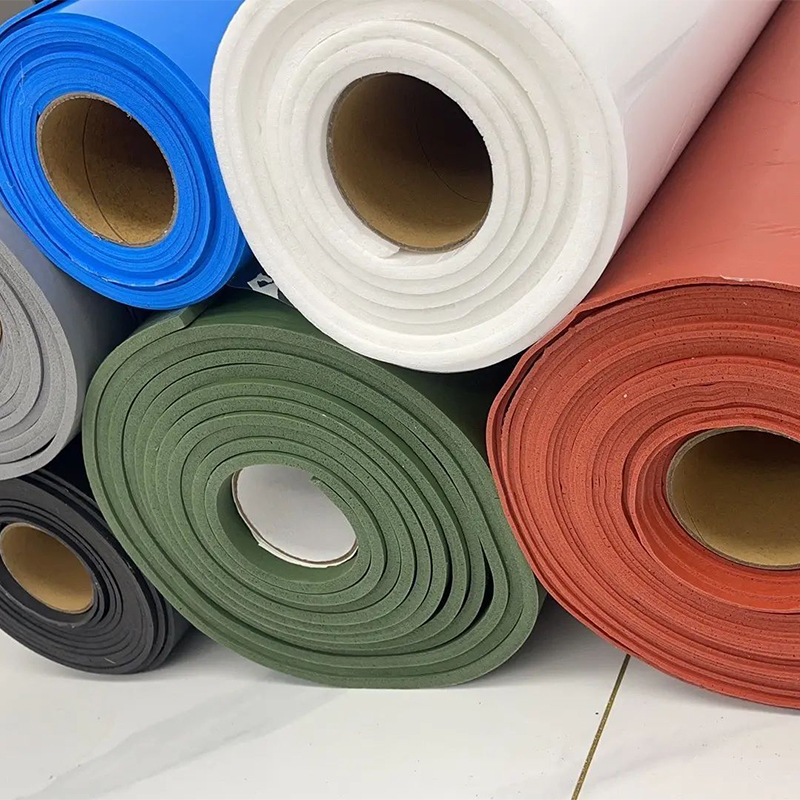Wide Format Liquid Silicone Foam Roll Material, Versatile and Eco-friendly
Advantages
Our liquid silicone foam roll material has good compression resistance, high-temperature resistance, aging resistance, and corrosion resistance, making it an environmentally friendly and durable material choice.
It can perform excellently in fields such as construction, automobile, electronics, or furniture.
Flexibility
Whether for large projects or small tasks, our liquid silicone foam roll material can handle with ease. The product density can be adjusted from 0.2g/cm³ to 0.8g/cm³, and the thickness offers a choice from 0.5mm to 30mm, meeting various usage needs.
Summary
In conclusion, our wide format liquid silicone foam roll material is both flexible and practical, providing solid material support for various projects.
FAQ
Silicone foam is a versatile material created by combining silicone elastomers with gases or blowing agents. This results in a lightweight foam with excellent thermal and acoustic insulation properties. It can be either open-cell or closed-cell depending on its intended application.
Silicone foam exhibits several desirable properties, making it suitable for various applications. These properties include high heat resistance, excellent weatherability, low toxicity, low compression set, good flame retardancy, and exceptional insulation properties. It is also resistant to UV radiation, chemicals, and aging.
Silicone foam finds applications in various industries due to its unique properties. It is commonly used in thermal insulation, acoustic insulation, sealing and gasketting applications, vibration damping, air and water filtration, automotive parts, aerospace components, cushioning pads, and healthcare products like wound dressings or prosthetic liners. It has also found use in architectural applications for soundproofing or energy-saving purposes.
Yes, silicone foam is safe to use as it is generally non-toxic and environmentally friendly. It is free from hazardous substances such as heavy metals, ozone depleting substances, and volatile organic compounds (VOCs). Furthermore, it does not release harmful fumes or odors during processing or application, making it a safe choice for various industries and consumer products.
Compared to traditional foam materials like polyurethane or polystyrene, silicone foam offers unique advantages. It has a broader temperature range, with exceptional resistance to extreme temperatures, both hot and cold. Silicone foam exhibits better resistance to weathering, UV radiation, chemicals, and aging, making it more durable in outdoor or harsh environments. Additionally, it has superior flame retardant properties, low smoke generation, and excellent thermal and acoustic insulation capabilities.
Professional technical engineer dedicated to guide you
According to your actual needs, choose the most reasonable overall design and planning procedures
